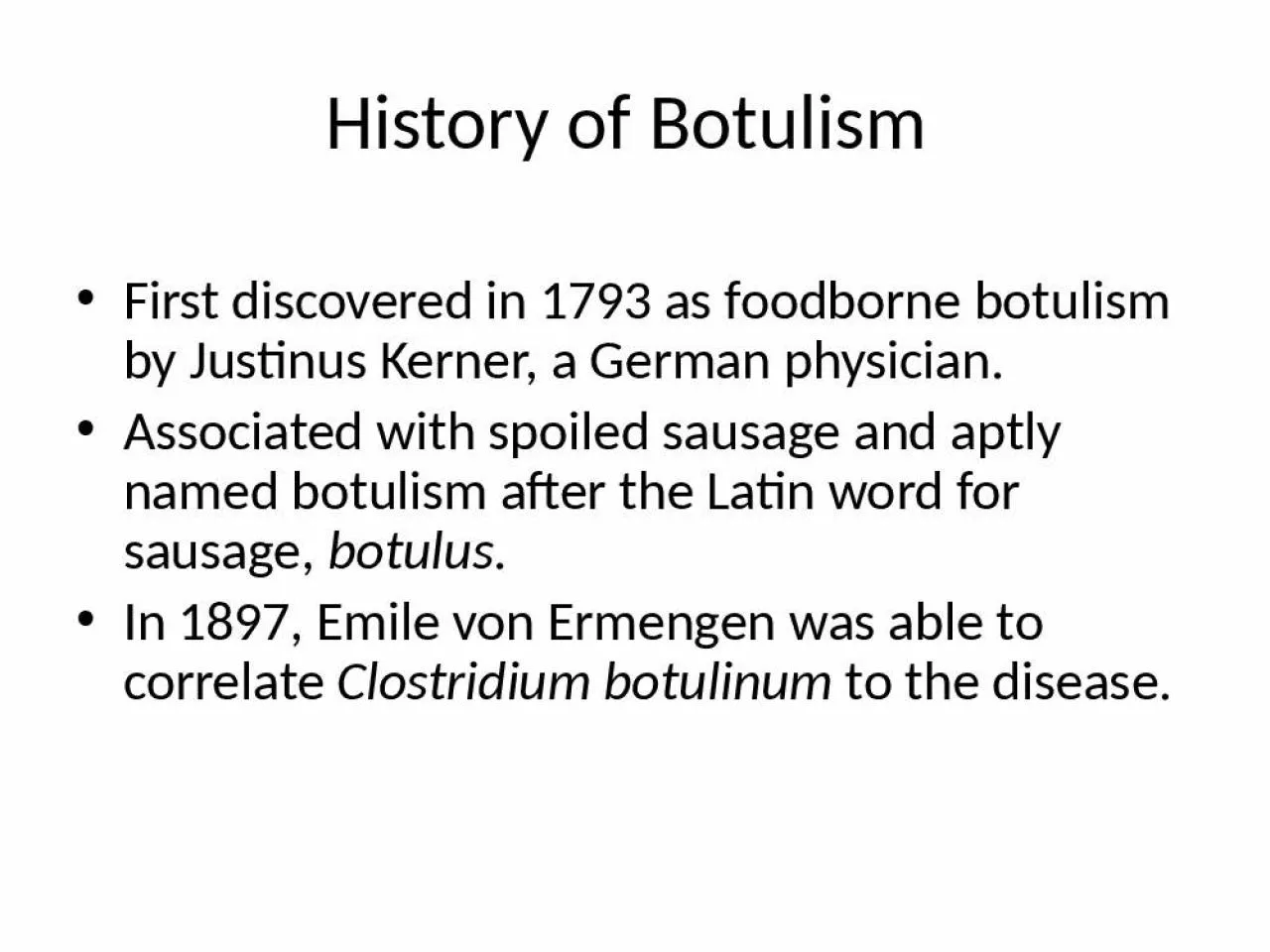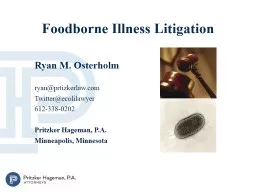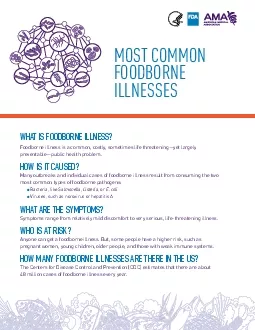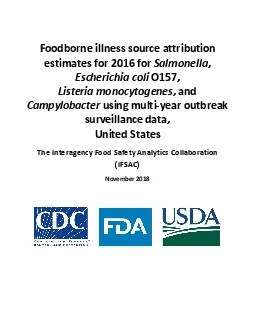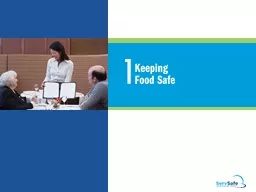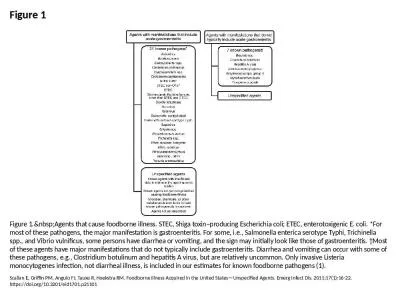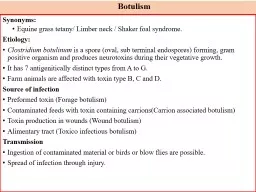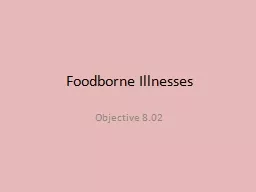PPT-History of Botulism First discovered in 1793 as foodborne botulism by Justinus Kerner,
Author : ceila | Published Date : 2022-05-14
Associated with spoiled sausage and aptly named botulism after the Latin word for sausage botulus In 1897 Emile von Ermengen was able to correlate Clostridium
Presentation Embed Code
Download Presentation
Download Presentation The PPT/PDF document "History of Botulism First discovered in..." is the property of its rightful owner. Permission is granted to download and print the materials on this website for personal, non-commercial use only, and to display it on your personal computer provided you do not modify the materials and that you retain all copyright notices contained in the materials. By downloading content from our website, you accept the terms of this agreement.
History of Botulism First discovered in 1793 as foodborne botulism by Justinus Kerner,: Transcript
Download Rules Of Document
"History of Botulism First discovered in 1793 as foodborne botulism by Justinus Kerner,"The content belongs to its owner. You may download and print it for personal use, without modification, and keep all copyright notices. By downloading, you agree to these terms.
Related Documents

